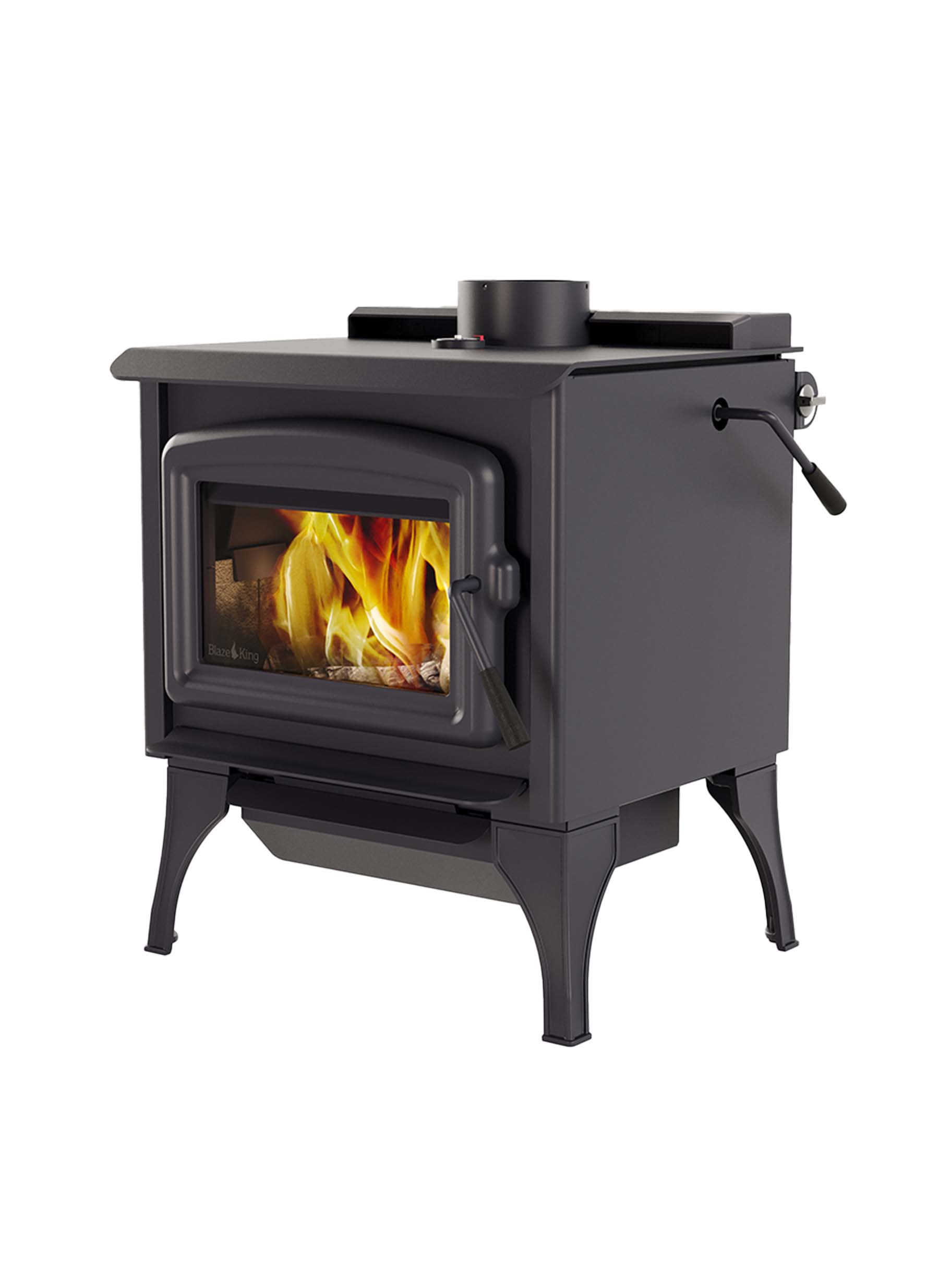I have posted on here before when I was trying to narrow my choices between a Woodstock and Blaze King. Well, I found a used Woodstock Keystone at a good price. After tearing into it, I realized that the combustor pan was cracked, and it needed more work than I initially thought. Yeah well. So I called Woodstock for parts. They do not have parts that I need for the rebuild and do not know when they will have any in stock. So, it seems like I am back to square one and out the cost of the Keystone. Live and learn. Woodstock said the Absolute would be too big for me, so another Woodstock is out. Anyway, I am shopping my local dealers (within 1.5 hours) and these are some options that I have that are available...
#1- Quadra-Fire Discovery II
#2- Jotul Greenville
#3- Pacific Energy Alderlea T5
#4- Lopi Rockport
#5- Blaze King Chinook 20.2
I understand they are different burn technologies, and of different construction, but what are your thoughts and experiences?
I live in Central Maine, almost 1200 sq.ft., two stories. I'll attach the house floor plan in PDF for you to check out too.
Thanks for helping! I learn a ton on here!
#1- Quadra-Fire Discovery II
#2- Jotul Greenville
#3- Pacific Energy Alderlea T5
#4- Lopi Rockport
#5- Blaze King Chinook 20.2
I understand they are different burn technologies, and of different construction, but what are your thoughts and experiences?
I live in Central Maine, almost 1200 sq.ft., two stories. I'll attach the house floor plan in PDF for you to check out too.
Thanks for helping! I learn a ton on here!


